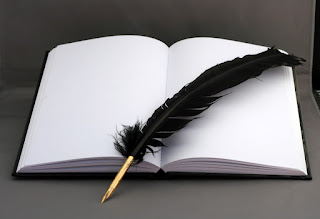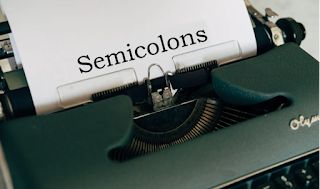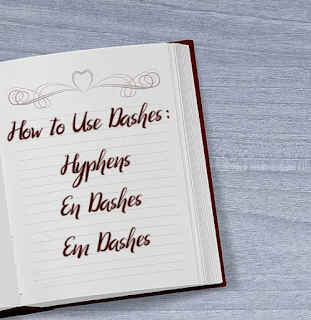Resume Series: The Basics

Note: This article was originally published December 12, 2020 on my now-defunct website for AMA Creative Solutions. I have completed the most minor of edits, so what you see is what was published (barring a glaring and obnoxious error). There are many, many ways to organize a resume. Looking at resume samples and advice can be overwhelming and the advice on what to include can be confusing. Here are the basics of what to include in a resume (in a US context – I’m not sure how well it translates in other parts of the world) and a simple format to get you started designing your own. So, what is a resume? Your resume acts as a summary of your work experience. It gives hiring managers and recruiters a snapshot of your experience, skills, and formal education. The detail you use and the skills you focus on can vary depending on your field and hiring level, but you generally want to highlight what you bring to a specific role. Resumes are usually short documents – not more than two pages, b...




